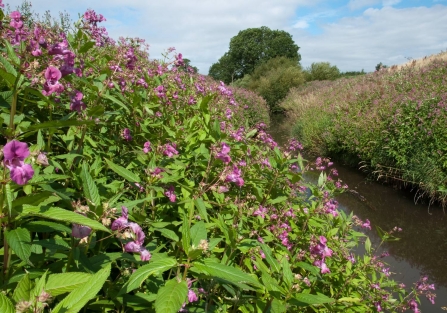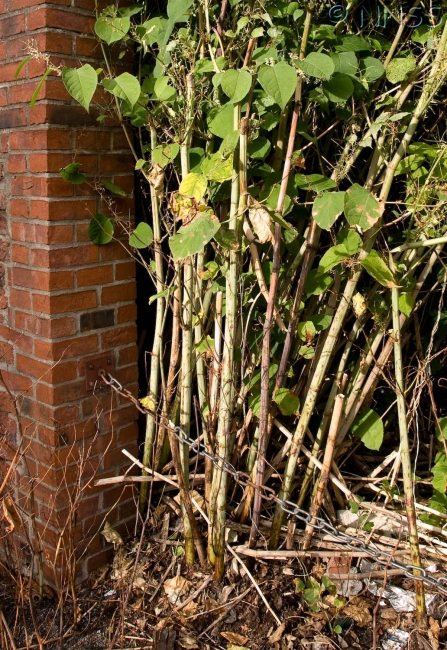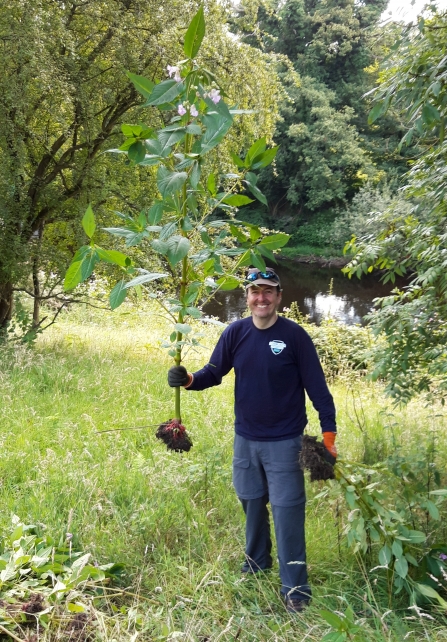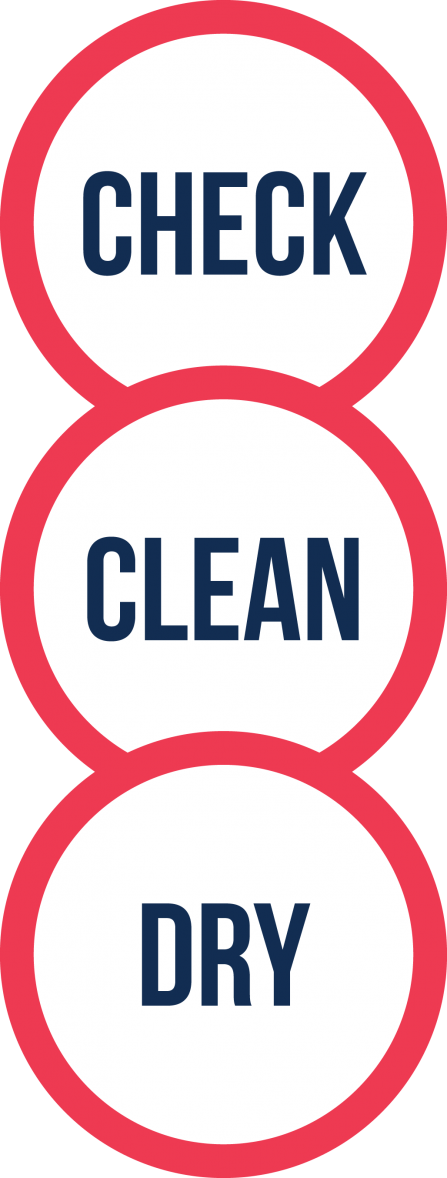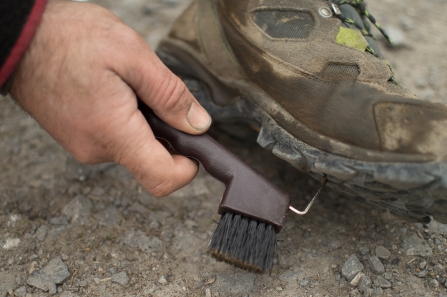I have been part of the Living Landscapes team now for almost two years and I still haven’t got my head around just how vast the Dee Catchment (the River Dee and all its tributaries) is, or just how lucky I am that I get to call it my office. However, for all its glorious beauty, it has a dirty little secret!
Blighted by Invasive Non-Native Species such as Himalayan balsam, Japanese knotweed, giant hogweed, American signal crayfish, and Chinese mitten crab (I could go on); it can sometimes feel like an upstream battle.


